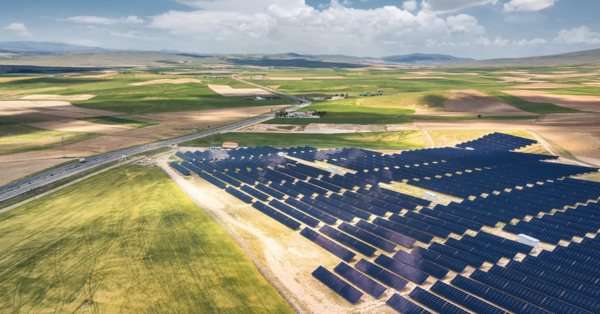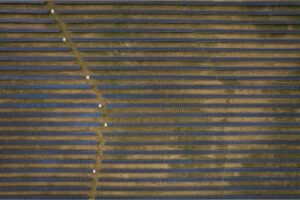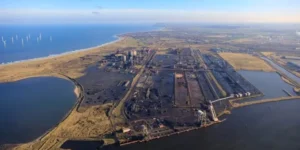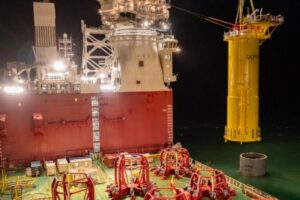CSP milestone, overseas gains and market resilience

Recently in China, Luneng Group’s multi-energy hybrid project in Fukang, Changji Prefecture, Xinjiang, hit a key milestone as the concrete shell of its 100 MW concentrated solar power (CSP) receiver tower was topped out. The structure now stands 189 meters; with the receiver and auxiliary systems installed, the tower will reach 236 meters.
The project pioneers a ‘generation above, restoration below’ model for desert governance: heliostat fields provide solar thermal power, while drought-tolerant forage grasses are planted in shaded areas to build a ‘CSP generation–forage cultivation–livestock grazing’ ecological chain, i.e., agrivoltaics.
Once operational, the 100 MW CSP block alone is expected to generate about 120 GWh annually, equivalent to saving 40,000 tonnes of standard coal and avoiding roughly 140,000 tonnes of CO2.


In the meantime, Chinese developers also continue to deepen their overseas footprint. A Chinese-led EPC has broken ground on a 105 MW PV plant and a 200 MW wind farm in Oman’s Dhofar Governorate. With a planned construction period of one year, the dual-project award marks further penetration of Chinese firms into high-end energy infrastructure in the Middle East.
Amid policy fluctuations and global tariff pressures, China’s market leaders are demonstrating impressive resilience. Canadian Solar reported its half-year results, with module shipments roughly flat in the first half and second-quarter profit up more than 700% quarter-on-quarter. The company expects full-year module shipments of 25–27 GW, leveraging technology leadership and global channels to defend share. Separately, Saifutian returned to profitability, posting first-half net profit of RMB 3.08 million, up 124.67% year on year—an example of top-tier players’ ability to adjust.
However, consolidation pressure is evident elsewhere. Bangjie Co., Ltd. announced it has terminated plans for a 10 GW high-efficiency module manufacturing base and R&D center, reflecting more cautious capital expenditure amid current market conditions. By contrast, Inner Mongolia provided a bright spot: the region added 10.28 GW of new renewable capacity in the first half, bringing total installations to over 145 GW—up 38% year on year—keeping it at the forefront nationally.
As China advances power market liberalization, companies are seeking new operating models. TCL Photovoltaic Technology convened an empowerment conference for O&M channel partners, focusing on scenario-based operations and maintenance. Canadian Solar and others are promoting ‘CSP + PV’ hybrid configurations to enhance dispatchability and supply stability.
Industry experts note that, in an era of fully market-based power trading, competitive advantage will favor ‘vigorous power plants’—assets that combine high yield, multi-energy regulation, and smart trading capabilities.




